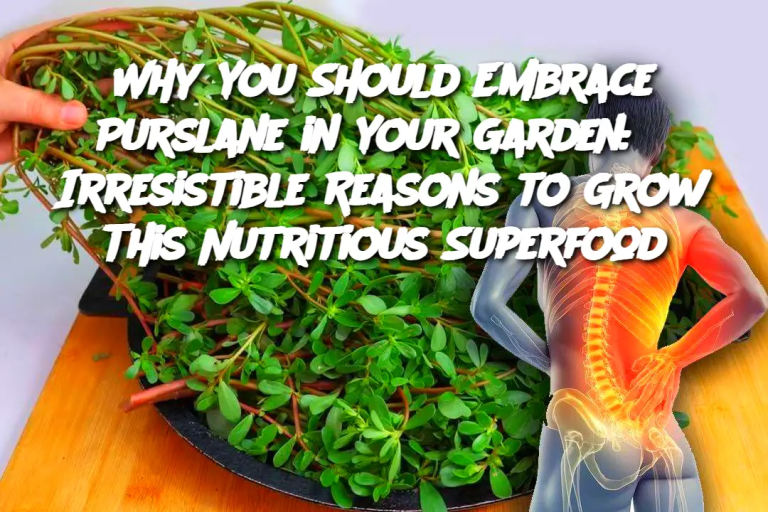ADVERTISEMENT
Purslane Pesto: Substitute basil with purslane to create a unique pesto. Blend purslane with garlic, olive oil, Parmesan cheese, and nuts (such as pine nuts or walnuts) for a delicious twist on a classic recipe.
Purslane Smoothie: For a green smoothie, blend fresh purslane with fruits like bananas, berries, and a handful of spinach. Add almond milk or yogurt for creaminess.
Purslane Soup: Add purslane to soups or stews for extra nutrition and flavor. It works especially well in tomato-based soups or vegetable broths.
Frequently Asked Questions:
1. Is purslane safe to eat? Yes, purslane is completely safe to eat and has been consumed in various cultures for centuries. It is rich in nutrients, including omega-3 fatty acids, vitamins A and C, and minerals like magnesium.
2. How do I identify purslane in my garden? Purslane has thick, fleshy, red-tinged stems and glossy, green, round leaves. It grows close to the ground and spreads horizontally. It’s often found in cracks in the pavement or in garden beds.
3. Can purslane be eaten raw? Absolutely! Purslane can be enjoyed both raw and cooked. Its slightly tangy, lemony flavor makes it a great addition to salads, sandwiches, or wraps.
4. How do I grow purslane in my garden? Purslane thrives in full sun and well-drained soil. It grows best in hot, dry climates but can tolerate a variety of conditions. Simply scatter the seeds in your garden in the spring, water lightly, and watch it flourish with minimal effort.
5. What are the health benefits of purslane? Purslane is an excellent source of omega-3 fatty acids, antioxidants, and vitamins, including vitamin A and C. It supports heart health, reduces inflammation, and is known for its ability to aid digestion and promote healthy skin.
Incorporating purslane into your garden is an easy and rewarding decision. With its health benefits, minimal care needs, and versatile culinary uses, this humble plant can easily become a staple in both your garden and kitchen.
ADVERTISEMENT
